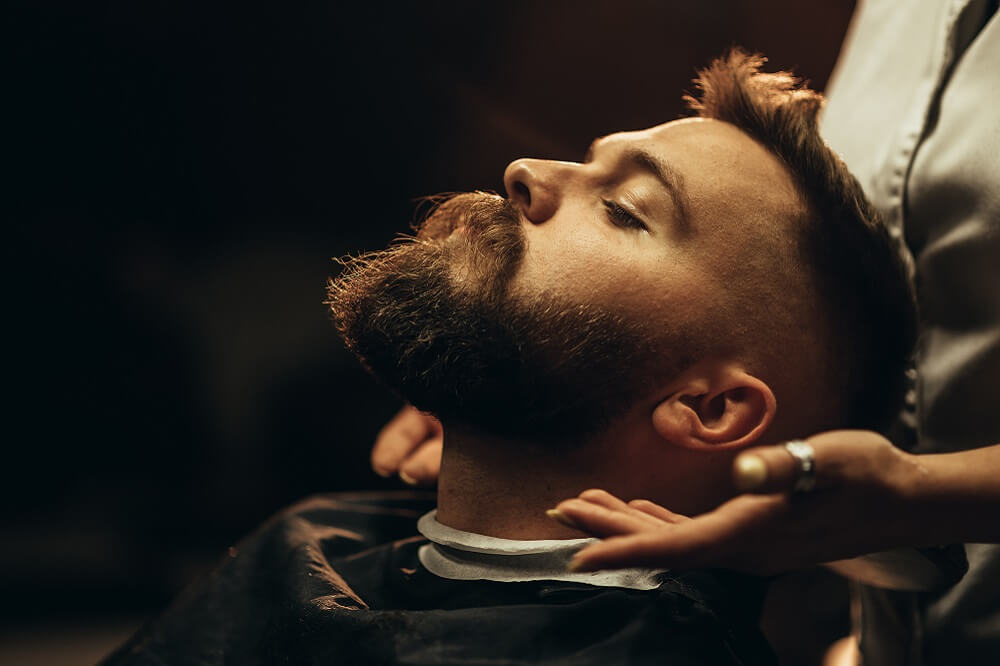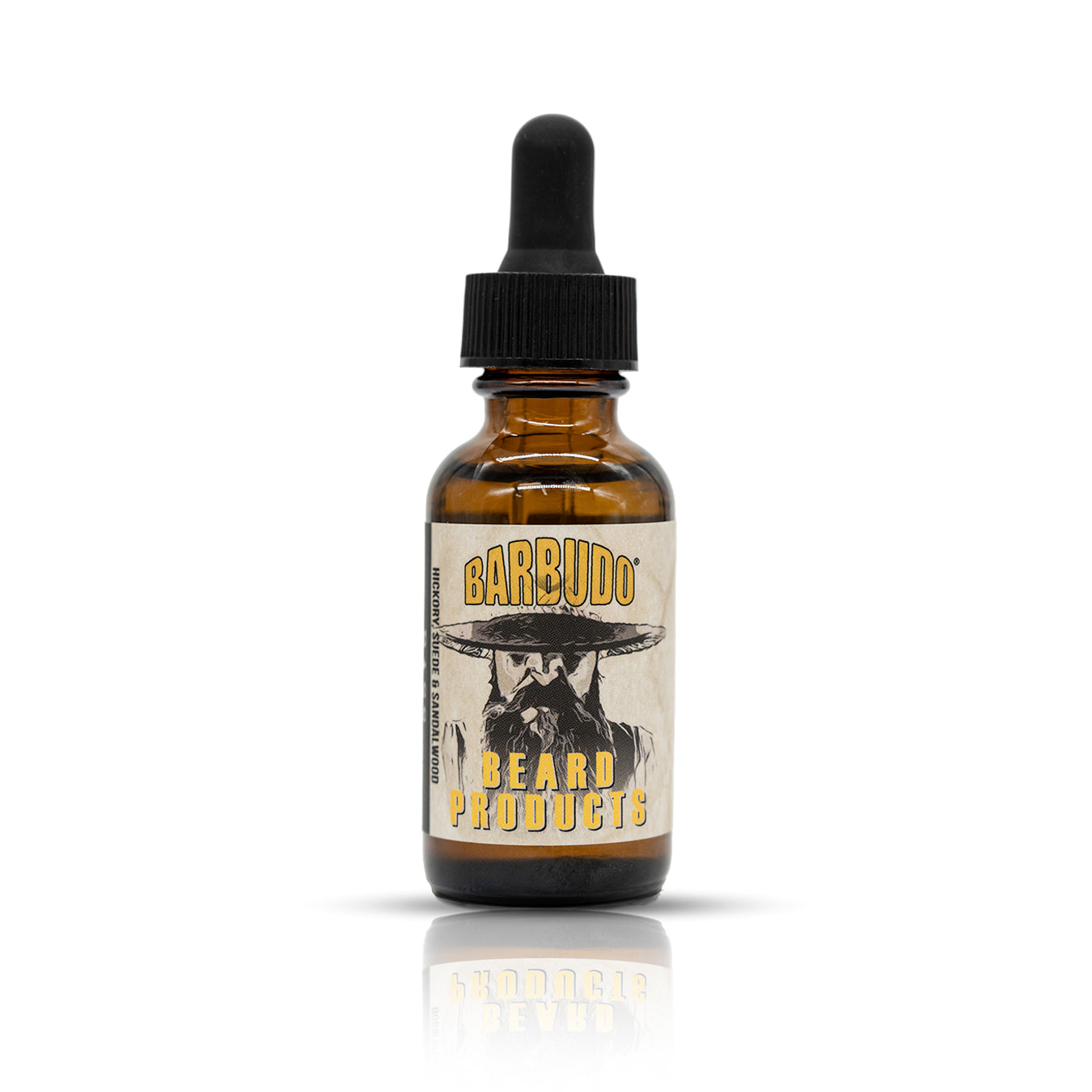
What is the best way to take care of long beard?
Share
Growing and maintaining a long beard is a commitment that requires proper care and attention. This guide will walk you through various techniques to keep your beard looking healthy and stylish. From daily washing habits to protecting it from the elements, we’ll provide you with practical advice to enhance your beard care routine.
How to Wash Your Long Beard Correctly
Explore how often to wash your long beard, the best types of shampoos, and the role of water temperature in maintaining beard health. It's essential to understand that washing your beard too often can strip it of natural oils, making it dry and brittle. Ideally, you should wash your beard twice to thrice a week using a gentle beard-specific shampoo to moisturize rather than strip natural oils. Water temperature plays a significant role, too; opt for lukewarm water, as hot water can further dry out the skin and hair, leading to irritation and damage.
Additionally, after washing, it’s advisable to gently pat your beard with a soft towel and avoid vigorous rubbing, which can lead to hair breakage. Incorporating a conditioner specifically formulated for beards can also help soften the hair and make detangling easier. This step is crucial for those living in areas with hard water, as minerals in the water can make the beard feel rough and hard to manage.
Keeping Your Long Beard Hydrated
Learn about the importance of moisturizing, the benefits of different beard oils and balms, and how to apply them effectively to keep your beard soft and manageable. Proper hydration is key to maintaining a healthy beard. Apply a beard oil or balm after washing and lightly drying your beard. These products moisturize the skin underneath and leave the beard hair feeling softer and shinier. Beard oils are usually lighter and suitable for daily use, while balms provide a thicker coating that can offer a more substantial styling hold and longer-lasting moisture.
Beard hydration isn’t just about the products you use; it’s also about technique. Apply beard oil or balm with your fingertips, massaging it into the skin beneath your beard. This helps to stimulate blood flow to the hair follicles, promoting healthier growth. Ensure even distribution using a beard comb or brush, which can also help train your beard to grow in the desired direction.
Best Practices for Trimming Your Long Beard
Discover the best practices for trimming your long beard to encourage even growth and shape it to suit your face. Regular trimming is vital not just for style but also for health. It removes split ends and keeps your beard looking neat. When trimming, always use sharp scissors or a beard trimmer, and start with small cuts to avoid taking off too much length at once. Consider what beard shape complements your face. A well-shaped beard can enhance your features, balancing your face for a more polished look.
Moreover, don’t forget to trim the mustache, an area often overlooked that can significantly impact your beard’s overall appearance. For those who prefer a more sculpted look, setting a defined neckline and cheeklines can make a big difference. If you’re unsure about doing it yourself, visiting a professional barber can be beneficial, providing tips tailored to your beard’s texture and growth patterns.
Protecting Your Beard from Environmental Damage
Practical tips on safeguarding your beard against environmental damages like sun, wind, and pollution. Like the hair on your head, your beard needs protection from the elements. In sunny conditions, consider using a beard product that includes SPF to prevent the hair from becoming dry and brittle. During winter, cover your beard with a scarf when going out in harsh conditions to protect it from cold winds, which can sap moisture and dull your beard.
Additionally, consider using a leave-in conditioner or a heavier balm to provide extra moisture and protection against pollutants, especially if you live in a city with high pollution levels. These products form a barrier on the hair surface, keeping harmful elements out and moisture in.
Nighttime Routines for a Healthier Beard
Uncover the advantages of nighttime care for your beard, including appropriate products and techniques before bed. Nighttime is an excellent opportunity for deep conditioning your beard. Apply a few drops of beard oil or a small balm before bed. This not only keeps your beard conditioned but also prevents dryness and itchiness. A satin or silk pillowcase can reduce friction and prevent breakage, allowing you to wake up with a smoother, less tangled beard.
A nightly comb-through can also be beneficial, helping to distribute oils along the length of your beard and remove any tangles. This practice not only improves the health of your beard but also stimulates the skin underneath, which is good for overall beard health and growth.
Sleep and Its Impact on Beard Growth
Examine how getting enough rest can impact your beard's health and growth and how you can optimize your sleep pattern for beard maintenance. Good sleep is crucial for your body’s overall health and directly impacts your beard growth. During sleep, your body repairs itself, including hair follicles. Lack of sleep can lead to slower beard growth and even hair loss.
Ensure you get 7-9 hours of quality sleep per night to allow your body to regenerate and maintain optimal hormone levels for healthy beard growth. A relaxed, stress-free bedtime routine can help you sleep better and, consequently, help your beard look its best. Avoid caffeine and electronic devices before bed, and keep a consistent sleep schedule.

